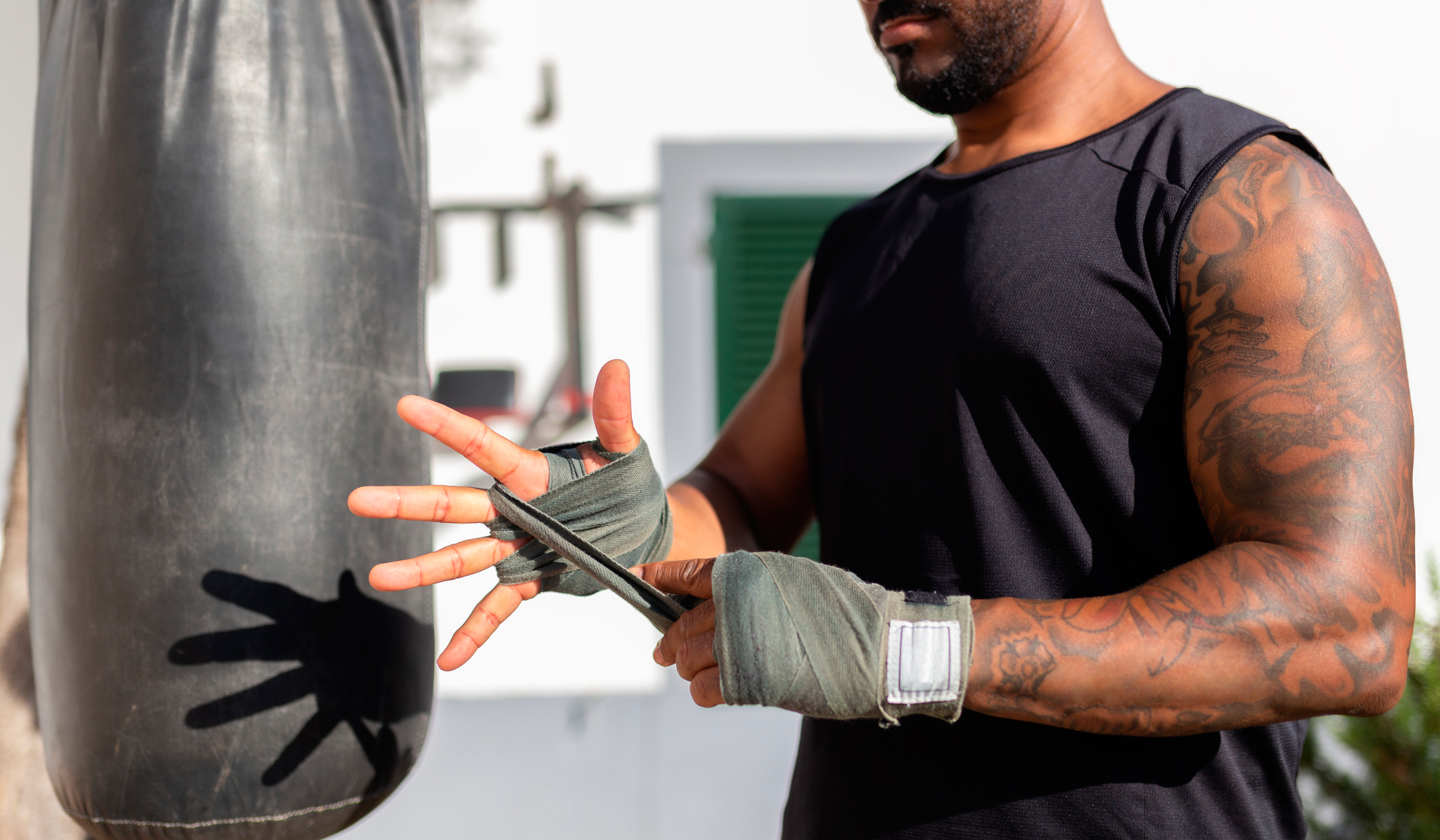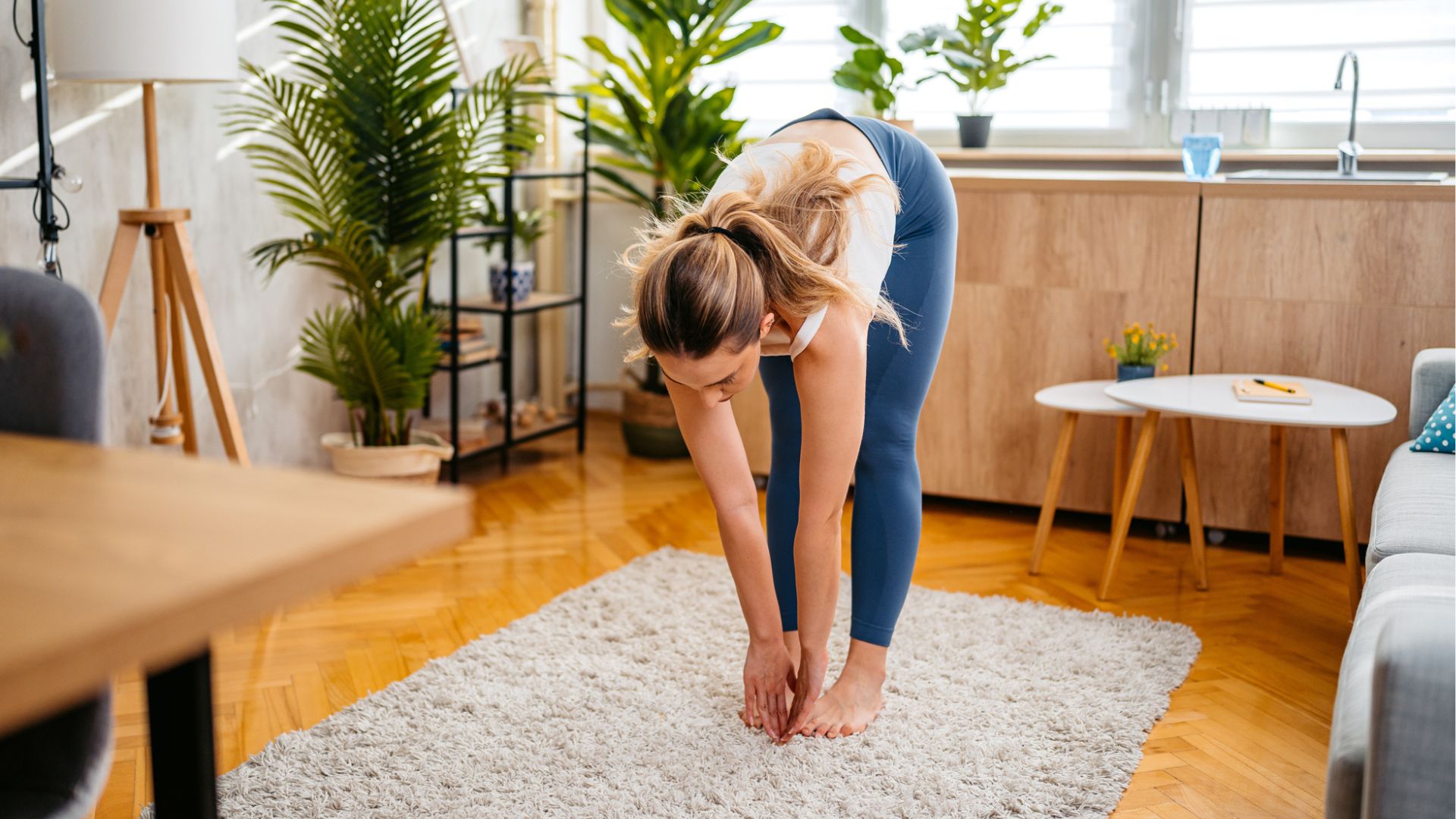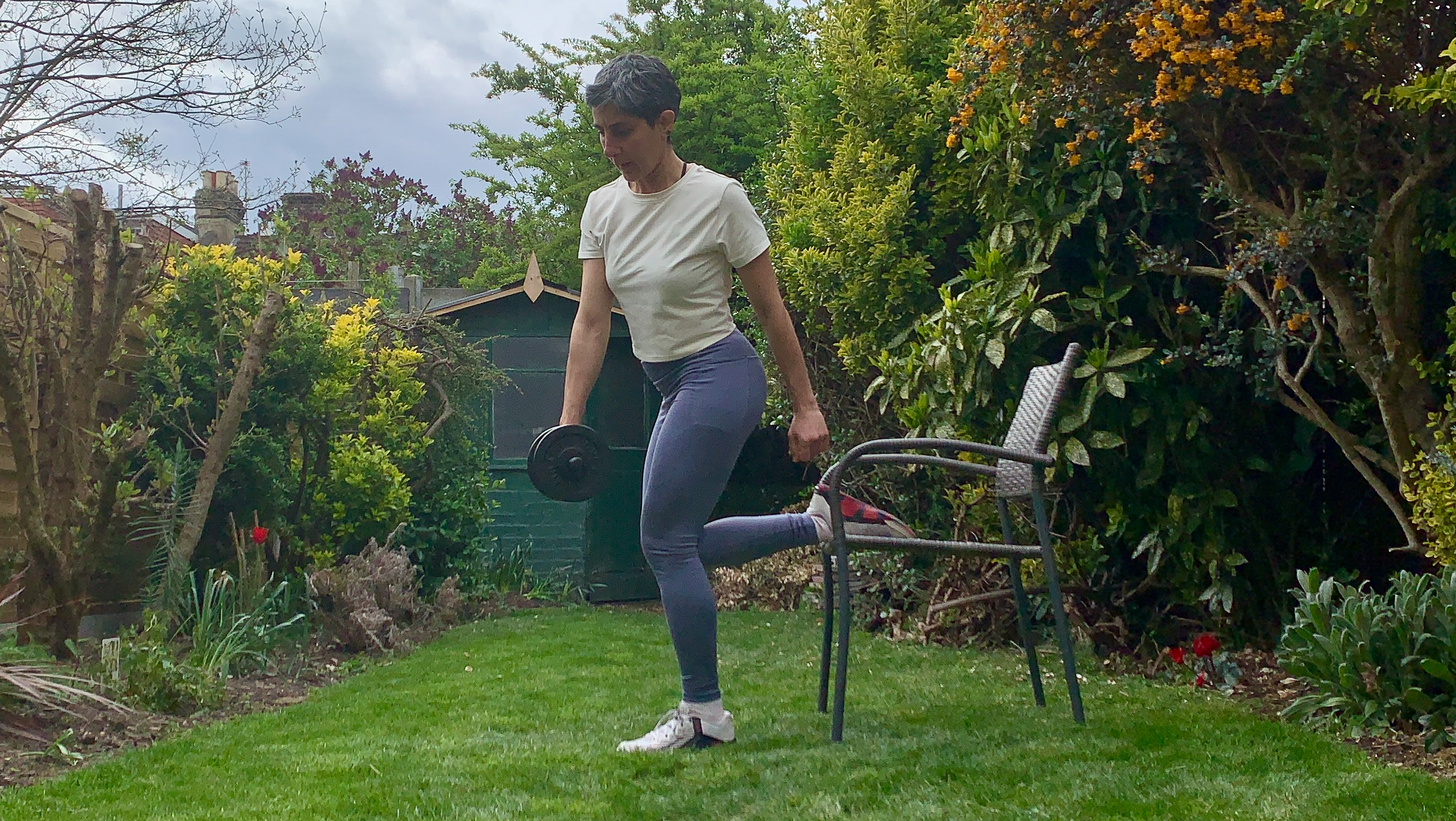How martial arts workouts can help you lose weight & benefit mind and body
You don't have to be a black belt to use martial arts to lose weight and boost your mental and physical fitness


It's no secret that martial arts is a great workout. Workouts inspired by karate, boxing, kickboxing or Muay Thai are great for cardio conditioning, keeping you fit and helping you to lose weight. They're also phenomenal workouts for flexibility and often incorporate bodyweight training, helping you to build and tone muscle too.
Lots of martial arts style workouts follow similar principles to a HIIT workout – for example, spending one minute punching pads before doing a set of conditioning exercises, like press-ups or burpees, would be a common warm-up. This is because martial artists tend to train in "rounds", as in competition they would conserve energy, go all-out, then conserve energy again.
It's well-known HIIT workouts use this principle to create an efficient, effective fat-burning workout. Kyle Meyer, DO, a Sports Medicine fellow at Penn Medicine, said: “HIIT has been shown to provide better results in cardiorespiratory fitness, and could be thought of as more efficient [then steady-state runs]." HIIT style-workouts can burn as many calories as a run in under half the time.
You don't have to be super-fit to do a workout inspired by martial arts: for example, the workout below, by US PT Tom Holland, is great for beginners. You can do all the moves while standing up, making it ideal for people training with mobility issues who find it difficult to get on the floor for certain exercises.
At the highest level, martial arts requires great flexibility – many of the various sports are well-known for their high kicks – but even workouts for beginners, like the ones above, can help develop mobility. As you swing your torso from side-to-side during punches or kicks, you're twisting the "trunk" of your body, working your core and lower back.
This will not only contribute to six-pack abs, but it'll also aid your lower back. Sitting down for too long, without good lumbar support, is a concern now more than ever, especially with so many people working from home as a result of the pandemic. Martial arts workouts can potentially undo some of the damage of sitting down for too long.
But the biggest benefit of martial arts isn't your physical health – it's your mental health. A review of studies published in the Journal of Sports Science found "positive effects resulting from hard martial arts practice, showing some improvement and maintenance of balance, cognitive function and psychological health."
Get the Fit&Well Newsletter
Start your week with achievable workout ideas, health tips and wellbeing advice in your inbox.
The hand-eye co-ordination that is developed by regular martial arts practice benefits the part of your brain that learns, improving your muscle memory, balance and co-ordination in day-to-day life. The studies also found that "benefits may be obtained regardless of the age of practice commencement", so it's never too late to start.
What are you waiting for? Try the workouts above and below to get started developing some of that kick-ass fitness and co-ordination. While you're at it, you can improve flexibility and mobility with our best foam roller list and our guide to the best supplements for joints.
Matt Evans is an experienced health and fitness journalist and is currently Fitness and Wellbeing Editor at TechRadar, covering all things exercise and nutrition on Fit&Well's tech-focused sister site. Matt originally discovered exercise through martial arts: he holds a black belt in Karate and remains a keen runner, gym-goer, and infrequent yogi. His top fitness tip? Stretch.
-
 It only takes two minutes a day to build up the flexibility required to touch your toes, says a top mobility coach
It only takes two minutes a day to build up the flexibility required to touch your toes, says a top mobility coachMeasure, reach and repeat says Roger Frampton
By Sam Rider
-
 I swapped my usual core routine for this dumbbell workout—here’s why you should try it too
I swapped my usual core routine for this dumbbell workout—here’s why you should try it tooPick up some dumbbells and try my favorite deep core exercises
By Yanar Alkayat